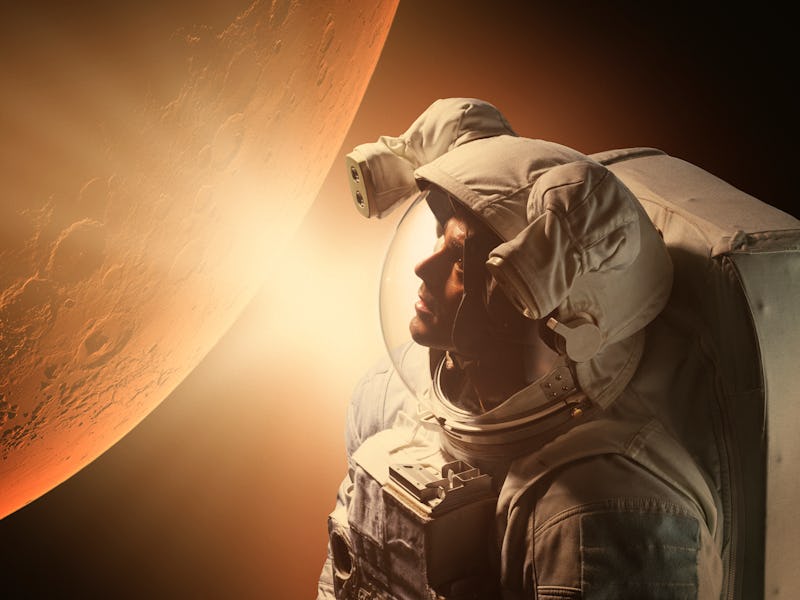NASA reveals the 7 tests critical for the Artemis mission’s success
NASA wants to use the Moon as a "gateway to the rest of the solar system."

Since the Apollo missions ran their course a half century ago, NASA's ambition to return our species' to the lunar surface by 2024 has driven a slew of innovation. This advanced technology will enable astronauts to conduct experiments on the Moon and explore the lunar surface in unprecedented detail.
In a report this week, the space agency laid out seven of the Artemis III mission's science objectives. These critical tests will ultimately determine whether the mission is a success — and potentially open the door to further forays into deep space.
The big idea — The Artemis III mission will be the next step in a historic scientific endeavor. In the 1960s and 70s, the Apollo astronauts collected 22 kilograms of rock and dust from the lunar surface and brought it back with them to Earth. Those lunar samples are still being used in studies today to help us better understand the origin story of the Moon's formation, and how our own planet formed as well.
Since Apollo, space agencies around the world have sent multiple satellites, probes and landers to the Moon to study Earth's natural satellite. But putting humans back on the lunar surface again in 2024, armed with today's technologies and these scientific results, could lead to groundbreaking discoveries and help answer some of the most outstanding questions we have about the Moon and Earth.
The Artemis mission builds up to having astronauts on the Moon, and maintaining their presence on the lunar surface.
Digging into the details — In the report, published December 4, NASA outlines seven major tests which will gauge the success of the Artemis III mission.
In no particular order, the questions NASA wants to ask with this mission are:
- How planetary bodies formed and evolved over time.
- The character and origin of certain chemicals found at the Moon's poles, including whether water ice really exists in cold traps
- How impacts to the Earth and Moon have altered their relationship over time.
- How the ancient Sun behaved, and how solar activity and the wider space environment altered the Moon's surface.
- What the nature of the wider universe appears to be, as observed from the Moon.
- Specific, experimental science questions geared for the lunar environment (NASA has not yet determined which experiments the astronauts will carry with them to the Moon's surface.)
- How humans can best and most safely explore further destinations, including Mars.
"This report helps outline a path forward toward the compelling science we can now contemplate doing on the lunar surface in conjunction with human explorers,” Thomas Zurbuchen, associate administrator for NASA’s Science Mission Directorate, said in a statement.
"The Moon holds vast scientific potential and astronauts are going to help us enable that science," he added. "Even before Artemis III lands, our agency’s science and human exploration teams are working together as never before to ensure that we leverage each other’s strengths."
This conceptual image shows a potential lunar habitat.
Why it matters — The Moon can essentially be used as an analog for other planetary bodies such as asteroids. Studying the Moon can help scientists learn more about the formation of these space rocks without having to travel to them, too.
This also applies to planets — including our own. Scientists believe that the Earth and the Moon formed from the same material billions of years ago. By studying the lunar surface, scientists can get a better picture of how the Earth formed. They may also learn the history of impacts affecting our planet during the younger, more chaotic solar system.
What's next — If they can pull off the Artemis mission's objectives, NASA also wants to assess the potential for building a staffed lunar base at the Moon's South Pole by the end of the decade.
“We wanted to bring together what was most compelling to the science community at the Moon with what astronauts can do on the lunar surface and how the two can mutually reinforce each other,” Renee Weber, chief scientist at NASA’s Marshall Space Flight Center, said in a statement.
“The team’s hard work will ensure we’re able to take advantage of the potential of the Artemis III mission to help us learn from the Moon as a gateway to the rest of the solar system.”